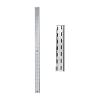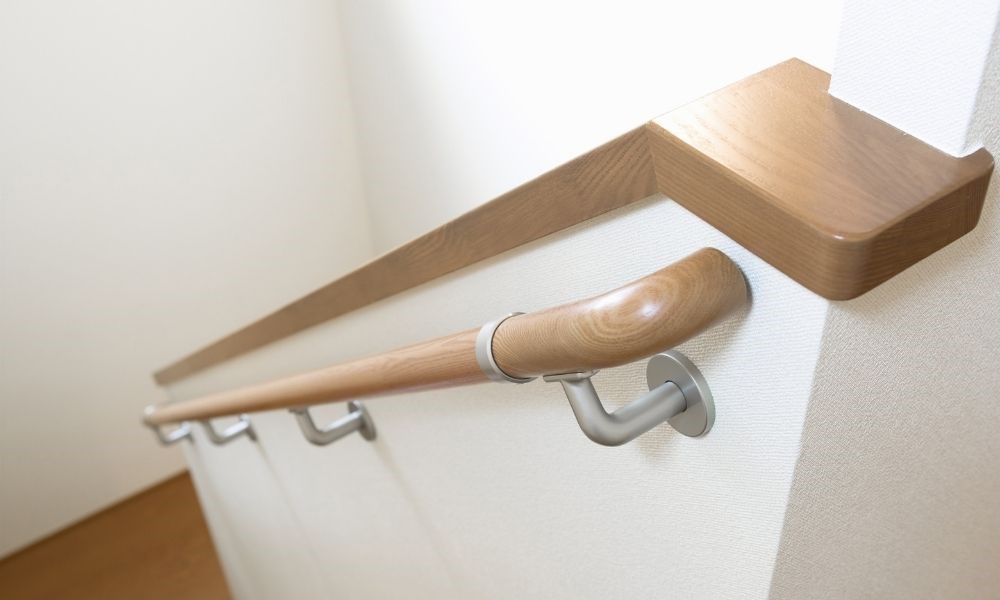Kreg pocket holes are a popular tool in woodworking when its time to join two pieces of wood together securely. These pocket holes offer many advantages. Pocket holes are created using a specialized drill bit and jig system that makes a small, angled hole in one piece of wood and a matching pocket in the other. The woodworker then inserts a self-tapping screw, designed for pocket holes, through the pocket and into the hole, effectively joining the two pieces together.

One of the main advantages of using Kreg pocket holes is their simplicity. The process of creating the holes and joining the wood is quick and straightforward, making them a popular choice for both professionals and DIY enthusiasts. In addition, Kreg pocket holes are very strong and resistant to movement, making them ideal for use in applications where the joint may be subjected to stress or vibration.
The versatility of Kreg pocket holes is another major advantage. These holes can be used to join two pieces of wood together at any angle, making them useful for creating frames, cabinets, and other structures. They can also be used to join thicker pieces of wood together, such as when creating a tabletop or other large surface.
While Kreg pocket holes are easy to use and versatile, they also offer the added benefit of being easy to hide. The holes and screws can be covered with a specially designed wood plug or even wood filler and sanded smooth. This feature makes Kreg pocket holes ideal for use in applications where a visible fastener is not desired.
In conclusion, Kreg pocket holes are a valuable tool for woodworkers. They offer a simple, strong, and easy-to-hide way to join two pieces of wood together, making them useful in a wide range of applications. Whether you’re a professional woodworker or a DIY enthusiast, Kreg pocket holes are a tool worth considering for your toolkit.













 Do Not Sell My Personal Information
Do Not Sell My Personal Information